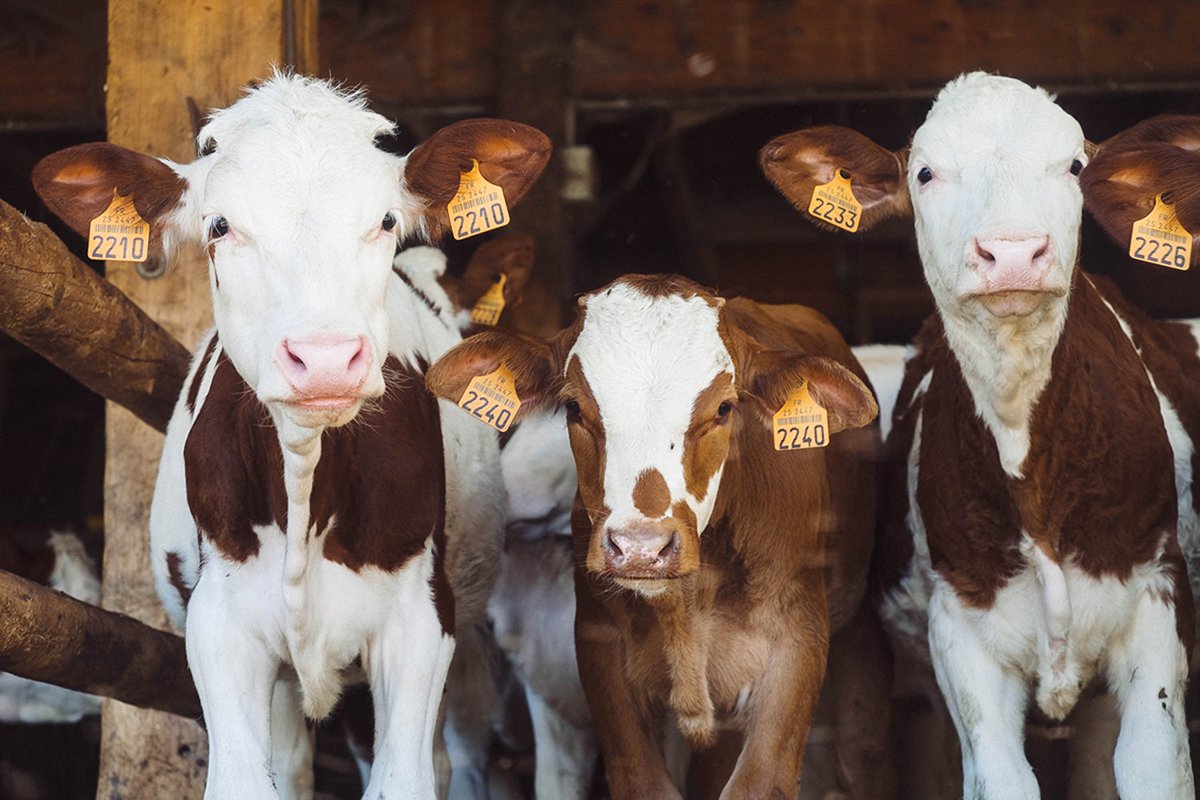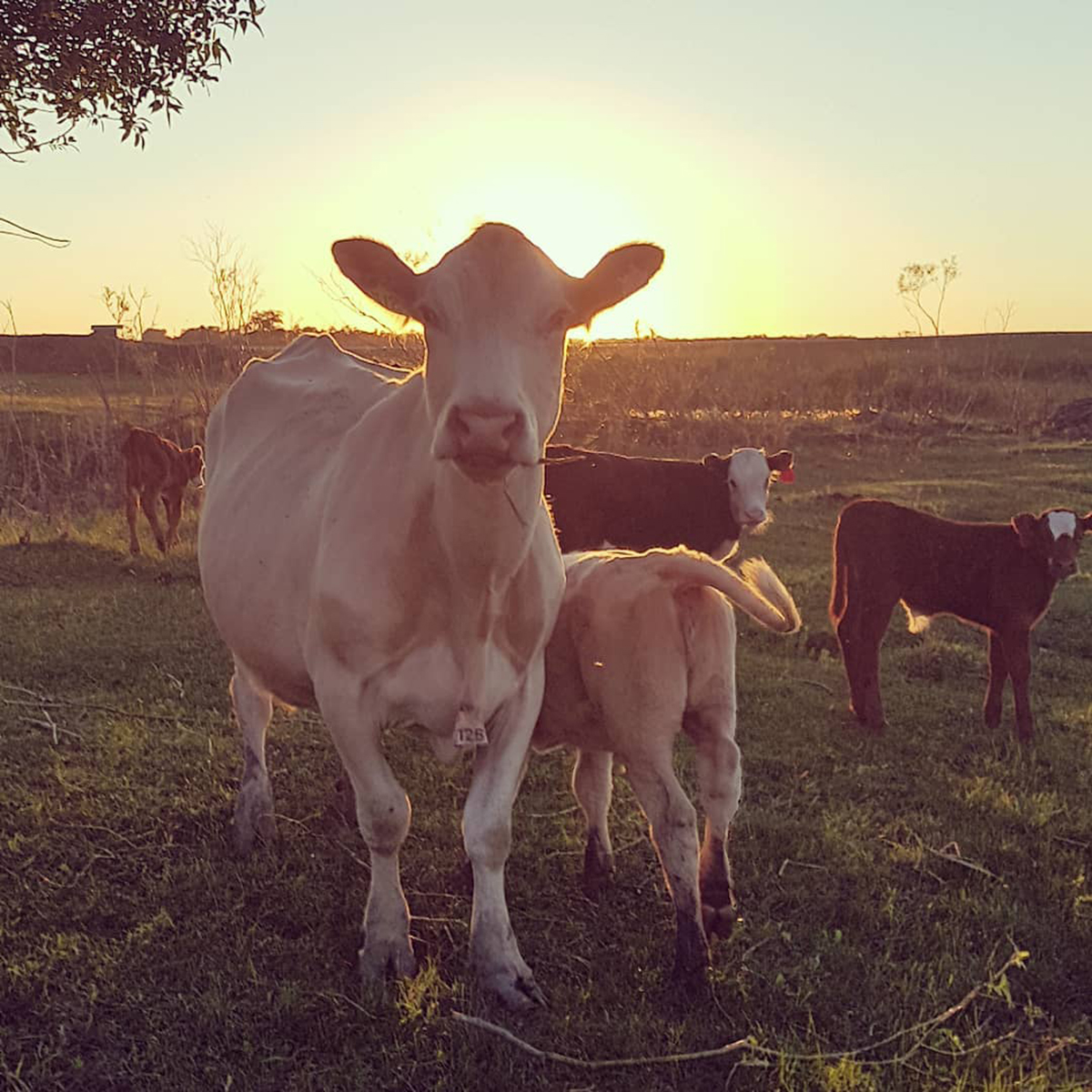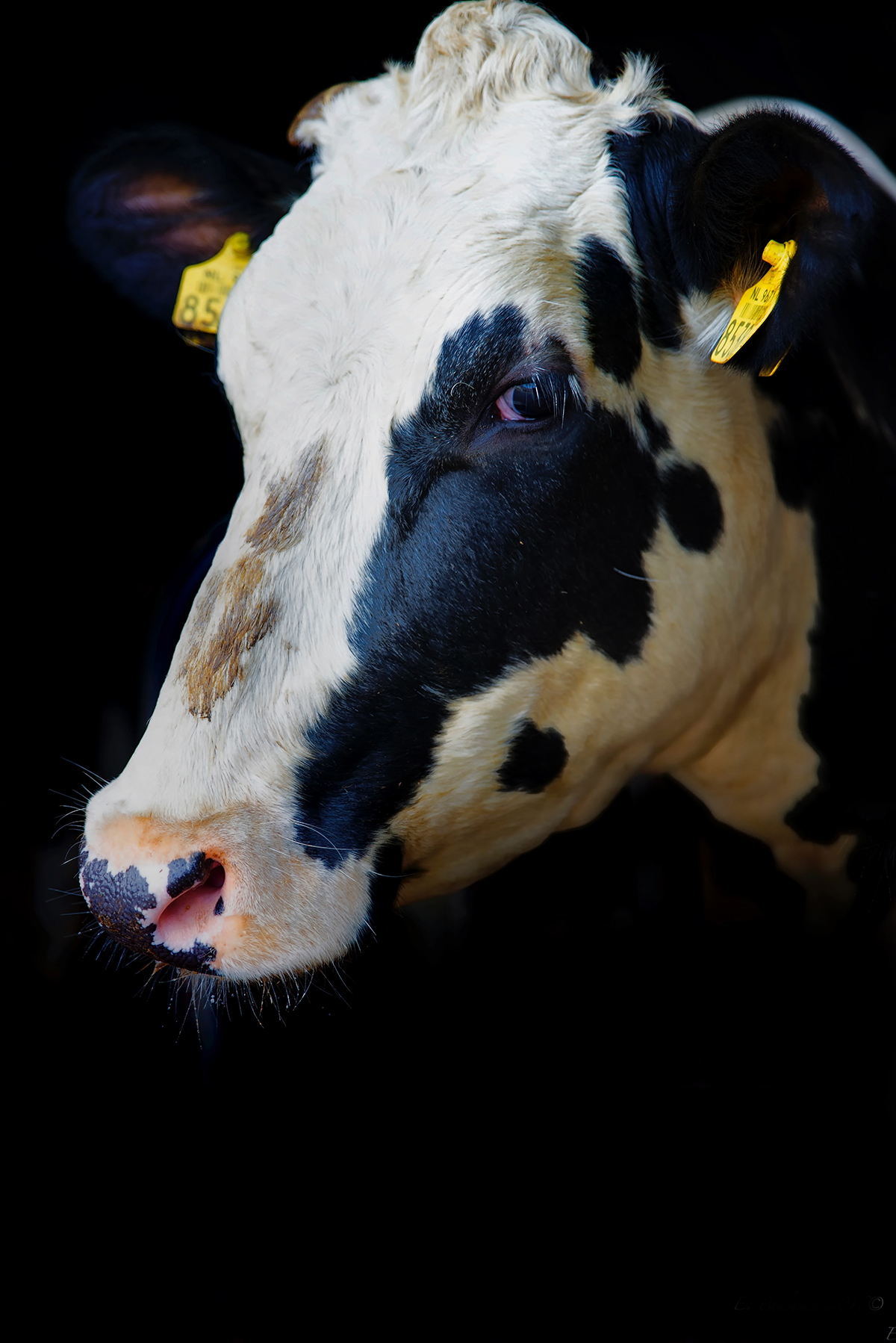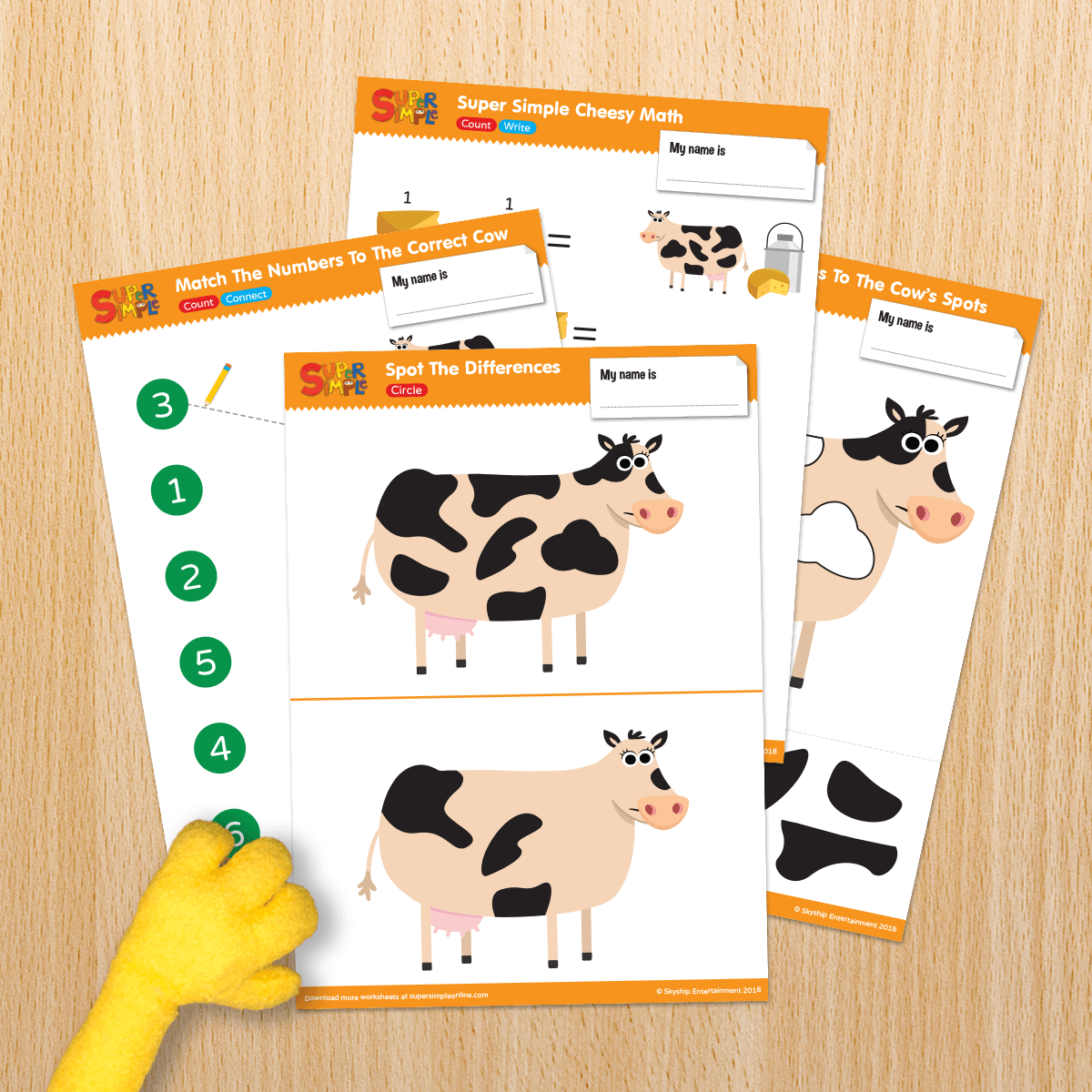
The domestic cow dates back 10,500 years ago in South-East Turkey. Their ancestors were wild Oxen, otherwise known as Aurochs. There are almost 800 different breeds of cow worldwide. The most well-known ones are the dairy cows that produce milk, as not all cows do. The Holstein cow is known to make the most milk out of all the dairy cows. Originally from the Netherlands their milk production is unrivalled. While Jersey cows that come from Jersey in The Channel Islands located between England and France, have golden coloured milk that is great for making cheese.
Though generically we talk about, ‘cows’, not all cows are technically called cows. By that I mean, that really the only cow that should be called a cow, are female ones. The male cow is actually a bull, while a young male cow is called a bull calf. A young female cow who hasn’t had any calves yet is called a heifer.
Family of cows
Daddy = BULL
Mummy = COW
Big Sister = HEIFER
Baby = CALF

10 Fun Cow Facts:
- Like humans, cows are social beings. They like to live in groups and can develop friendships with some while will avoid others.
- They cannot see the colour red. A bull in a bullfighting ring does not react to the colour of the red cloak but its movement.
- Cows can’t vomit!
- You can walk a cow up the stairs but they can’t walk back down them! Their knees don’t bend the right way. What a ‘moosiance’!
- It has been proven that if you get to know your cows and name them, they will produce more milk for you.
- Like dogs, they love a good rub down.
- They have almost 300 degrees vision. Their only blind spots are directly in front and behind them.
- Language specialists have discovered that cows from certain locations actually have regional accents! How amoosing is that!
- Unlike popular belief, cows really do have only one stomach. That stomach, however, has four different compartments. Hmmm, I knew there was a separate one for dessert…!
- Holstein cows are the ones that are white with big black splodges or spots on them. Like fingerprints on humans, these spots are unique to each cow. There are no two cows with the same patterning on them.

The Holstein’s Unique Spots
Apart from being able to walk a cow upstairs and not down, the sweet fact of Holstein’s unique spots is my favourite fact. It brings to mind the saying, ‘Be yourself. Everyone else is taken.’ So how can we encourage our children to grow and be true to themselves?
7 Ways to Help Encourage your Child’s Individuality
- Allow them to be themselves. Try not to compare them to anyone else, especially yourself or their siblings. We all have our parents DNA downloaded into us in the womb so there are certain traits that we naturally have inherited. However we are not just a sum of these traits, we are all individually unique.
- Give them space to dream. Let them dream as BIG or small as they want. Just let them dream. The paths in their road are uncountable at this stage.
- Vary their experiences and activities. This will broaden their learning and view of the world. It will help shape the person they want to be.
- Get passionate about their hobbies. Get stuck into what they enjoy doing, even if you’d rather they do something else. Remember it is what they have chosen and get happiness from doing.
- Praise them often. Going through a rough stage of tantrums and moodiness? Focus your efforts on praising them when they do something kind, helpful or creative. This draws the emphasis away from bad behaviour and encourages them to seek the reward of praise. Praising your kids will show them how to praise others.
- Don’t wrap them in cotton wool. A tough one to do, but important. Allow them to fall over as this encourages resilience and adventure. Don’t over sympathize if they have a scraped knee, get them quickly back up again, wipe those tears away and send them back off to play. All you have to do is watch a baby’s reaction when they fall over when toddling. They look at you to see what reaction and emotion they need to express. If your face is contorted they normally start crying, while if your face is encouraging and happy, more often than not they’ll hop back up again without a tear.
- Challenge them. It is easy for someone to do something they are good at and succeed in doing. But what if they find themselves on a climbing frame where they think the fireman’s pole is too far away or the steps are too wobbly? Don’t let them just quit. Encourage them, see if they can do it with some help. Next time they may not need you to help and I guarantee they’ll be chuffed they figured it out. Try, try, try again!

To carry on this theme of individuality and challenging your children you can find four cow related printables to do with them. Firstly, ‘Spot the differences’, secondly, ‘Match the shapes’, thirdly ‘Match the numbers to the cow with the right amount of spots’ and lastly, a ‘Cow cheese addition’ printable. Your children will be practising their observational skills, shape recognition and matching, number recognition and counting and finally an introduction to visual maths Addition.
Cow puns!
What did the cow say to the calf? It’s pasture bedtime!
One for the parents:
Why do cows have hooves instead of feet? Because they lactose!
Don’t forget to follow us on Twitter, Instagram, Pinterest, and Facebook!
 Contributor
Contributor
Grace Selous Bull is an arts education author and freelance blogger. Her book, ‘Potty About Pots: arts and crafts for home and school’ is aimed at children from 5-12 years old and takes them through a journey of ceramics through time. She is a full time Mummy of two girls, both of whom love being creative, and is married to her husband, Andrew, who does not.
Original content © 2018 Super Simple. Not to be reprinted without express written permission. Terms of Service.

